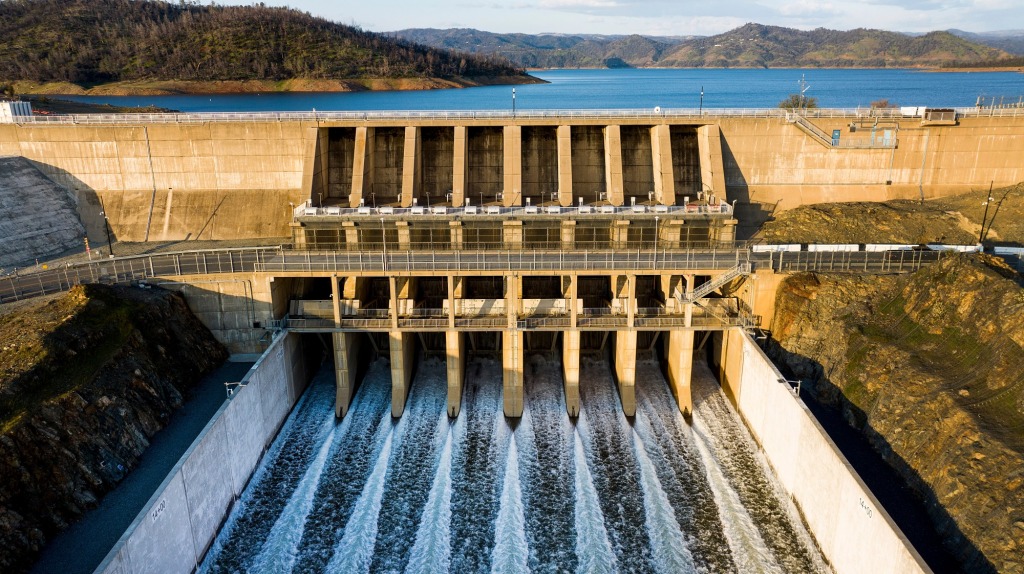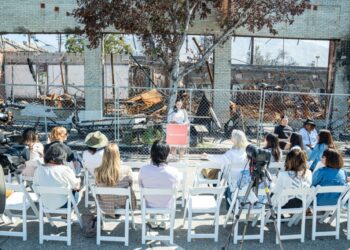The huge snowpack that has blanketed the Sierra Nevada this winter has done more than end California’s drought and extend ski season. It’s also changing how Californians keep the lights on.
With reservoirs full across the state, hydroelectricity generation from dams is expected to expand dramatically this summer, after three dry years when it was badly hobbled.
In 2017, a wet year similar to this one, hydropower made up 21% of all the electricity generated in California. But by 2021, in the middle of California’s most recent drought, it provided just 7%.
This year, billions of gallons of water are once again spinning turbines in power plants at huge dams like Shasta, Oroville and Folsom, and will be all summer and into the fall as the snowpack melts.
More hydropower means more clean electricity, less need to burn natural gas and other fossil fuels, less risk of blackouts during heat waves, and less smog and greenhouse gas emissions, experts say.
“It gives us more tools in the toolbox, more capacity to work with,” said Lindsay Buckley, a spokeswoman for the California Energy Commission, a state agency in Sacramento.
“It’s amazing. It was unexpected from Mother Nature. We’re going to make the best of it.”
After more than a dozen atmospheric river storms soaked Northern California between Christmas and March, hydropower production jumped 88% in California in the first three months of 2023, compared with the same time period last year, according to a report released in April by the U.S. Department of Energy. It is projected to increase 81% overall this year from 2022.
Over the past 20 years, California has been steadily increasing the amount of solar and wind power it requires utilities to purchase to reduce smog and greenhouse gas emissions. Those laws are working — about 35% of the state’s electricity is from renewable sources now like solar and wind, and 59% if large hydropower and nuclear are included.
But the greener power grid…
Read the full article here







